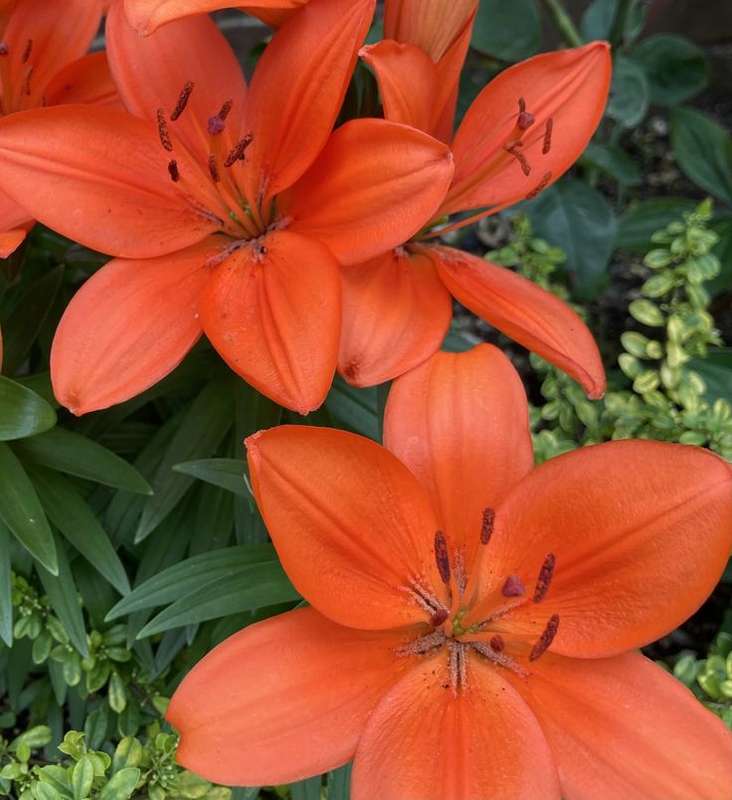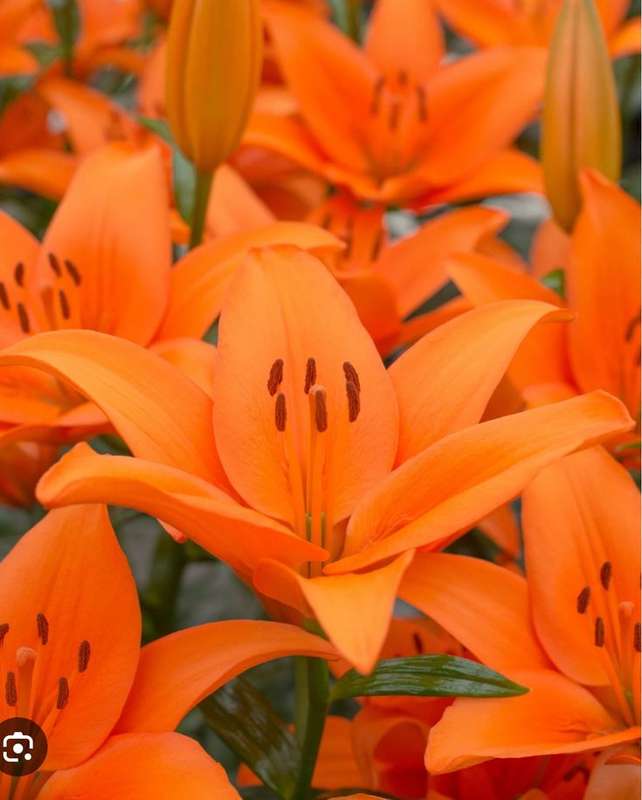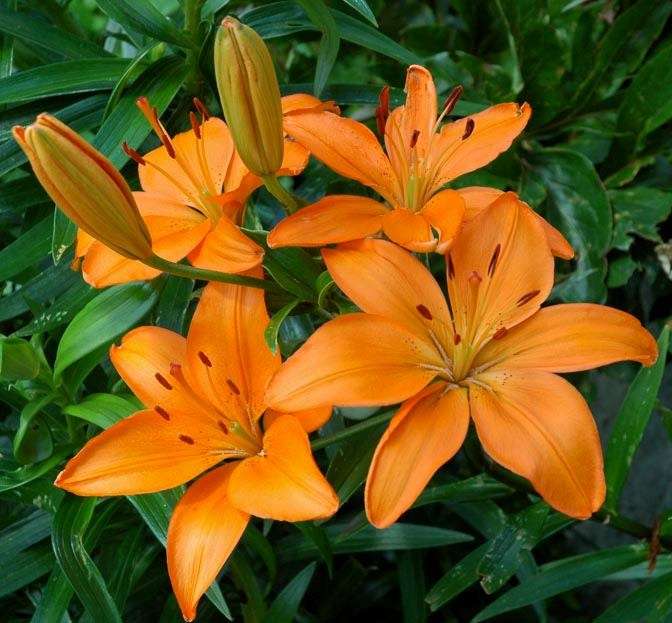





Lilium Asiatic - Orange - 5 bulbs p-pack
Check my rate
| Main centres: | 1-3 business days |
| Regional areas: | 3-4 business days |
| Remote areas: | 3-5 business days |






| Main centres: | 1-3 business days |
| Regional areas: | 3-4 business days |
| Remote areas: | 3-5 business days |
Lilium Asiatic 'Orange' is a vibrant and hardy lily known for its bright orange flowers that bloom in early summer. This variety is perfect for adding a bold pop of color to garden beds, containers, and as cut flowers. Asiatic lilies are one of the earliest blooming lilies, and their easy-to-grow nature makes them an excellent choice for both beginner and experienced gardeners.
Climate:
Thrives in cool to temperate regions with moderate summers.
Well-suited for Western Cape, Eastern Cape, Gauteng, and KwaZulu-Natal.
Can tolerate light frost but prefers mild winter temperatures for optimal growth.
Sunlight:
Prefers full sun to partial shade (6+ hours of direct sunlight per day).
Afternoon shade may be beneficial in hotter regions, especially in coastal areas.
Soil Requirements:
Well-draining, rich, loamy soil that is also moist but not waterlogged.
pH: 6.0—7.0 (slightly acidic to neutral).
Add organic matter such as compost to improve soil texture and fertility.
Best Planting Time:
Autumn (April—May) or early spring (August—September) for summer flowering (October—January).
Depth & Spacing:
Plant bulbs 10—15 cm deep and 20—30 cm apart to allow for proper air circulation and space for growth.
Deep planting ensures stability, especially as the flowers bloom tall.
Container Growing:
Ideal for deep pots (30 cm or more) with good drainage.
Use well-draining potting mix to avoid bulb rot.
Watering:
Water regularly to keep the soil moist but not soggy.
Ensure the soil is well-draining to prevent bulb rot.
Reduce watering after flowering as the plant enters dormancy.
Fertilizing:
At planting: Apply a slow-release bulb fertilizer (e.g., 10-10-10 or 5-10-10).
During growth: Feed every 2 weeks with a balanced liquid fertilizer (high in potassium and phosphorus) to encourage blooming.
After flowering: Apply a potassium-rich fertilizer to support bulb strength for next season.
Mulching:
Apply a 5 cm layer of organic mulch (compost, bark, or straw) to maintain moisture, regulate temperature, and prevent weed growth.
Bloom Time:
Blooms in early to mid-summer (October—January).
Produces bright orange, trumpet-shaped flowers that stand out in the garden.
After Flowering Care:
Deadhead spent flowers to prevent seed formation, allowing the plant to direct energy back into bulb growth.
Let foliage die back naturally to store energy for the following season's blooms.
Reduce watering once the plant enters dormancy in late autumn or winter.
Lifting & Storing Bulbs (Optional):
If you live in wet winter regions, lift the bulbs after dormancy to store in a cool, dry place (10-12°C) for replanting in autumn.
Support Needed:
Asiatic lilies generally do not require much staking but may benefit from light support if they grow taller (1—1.2 meters).
Use bamboo stakes or plant supports to prevent the flowers from bending or toppling in strong winds.
Common Pests:
Aphids and thrips — Can be controlled with neem oil or insecticidal soap.
Lily beetles — These can be removed by hand or treated with organic insecticides.
Disease Issues:
Botrytis (Grey Mold) — Prevent by avoiding overhead watering and improving air circulation.
Bulb rot — Ensure well-draining soil and avoid overwatering, especially during dormancy.
By Bulbs (Easiest Method):
Over time, bulbs produce offsets (small bulbs) that can be divided and replanted in autumn.
By Scales (Advanced Method):
Large bulbs can be scaled (removing outer layers) and grown in a moist, well-draining medium.
Pairs well with Freesias, Alliums, Gladiolus, and Hostas.
Ideal for cut flower gardens, borders, and containers.
Lilium